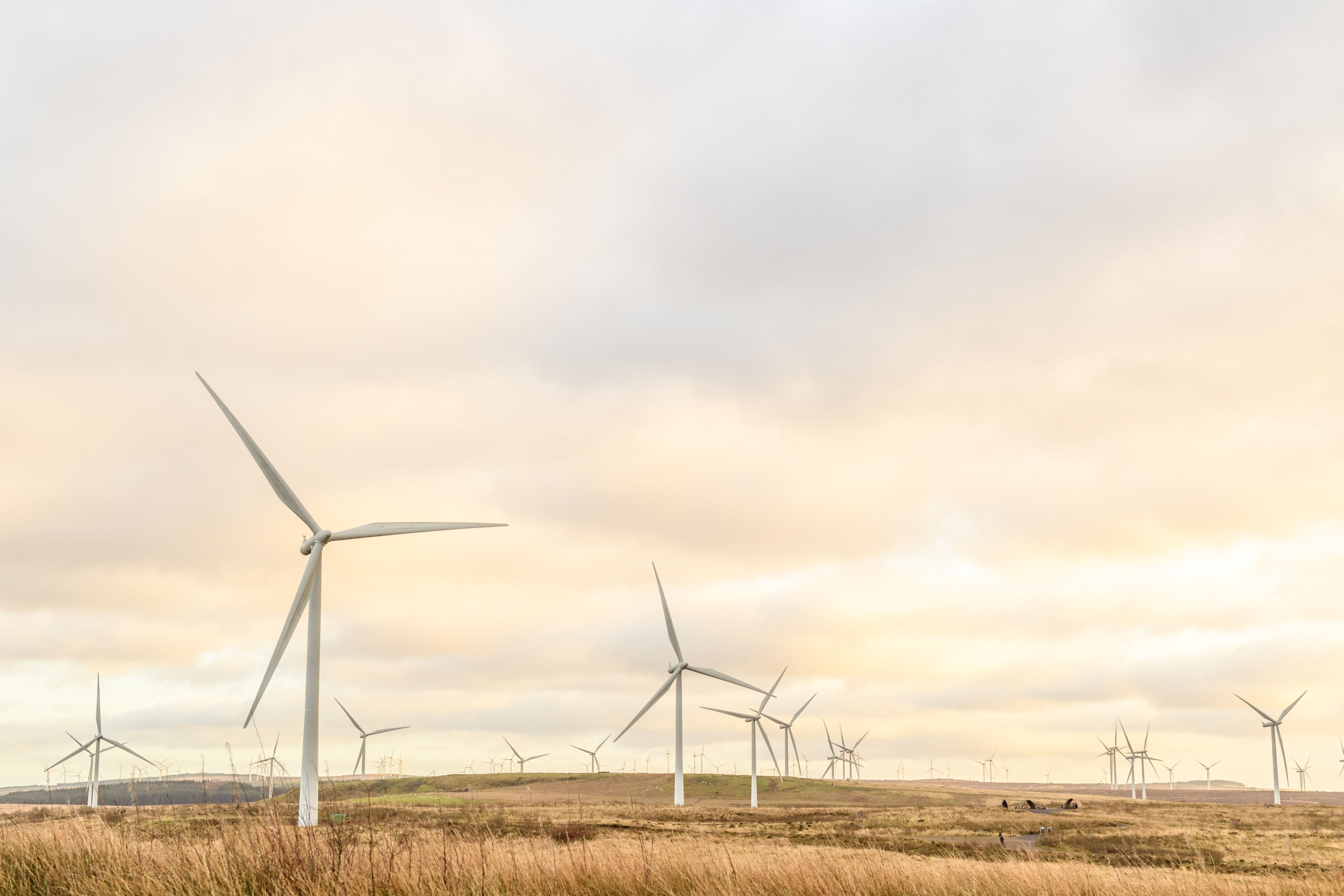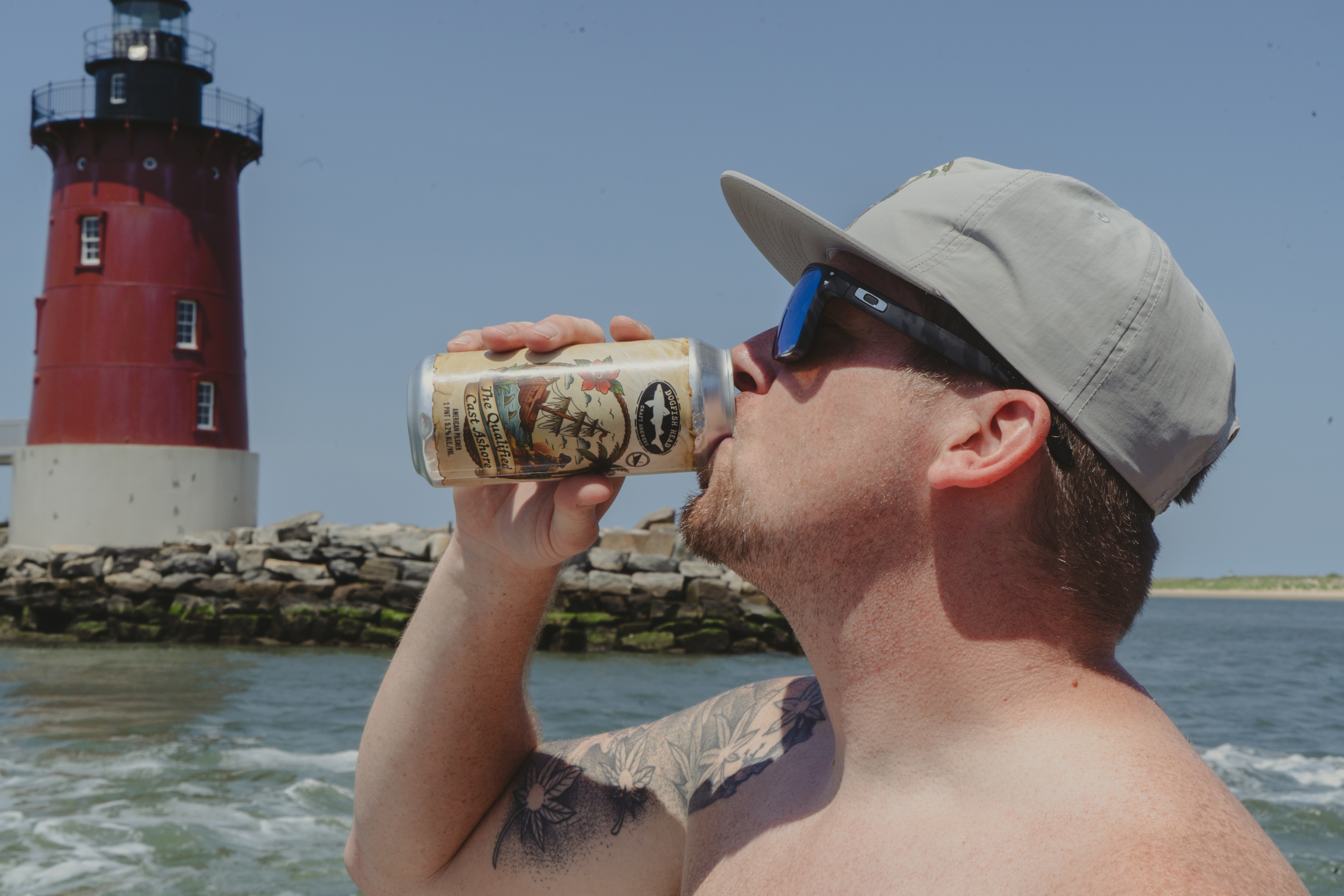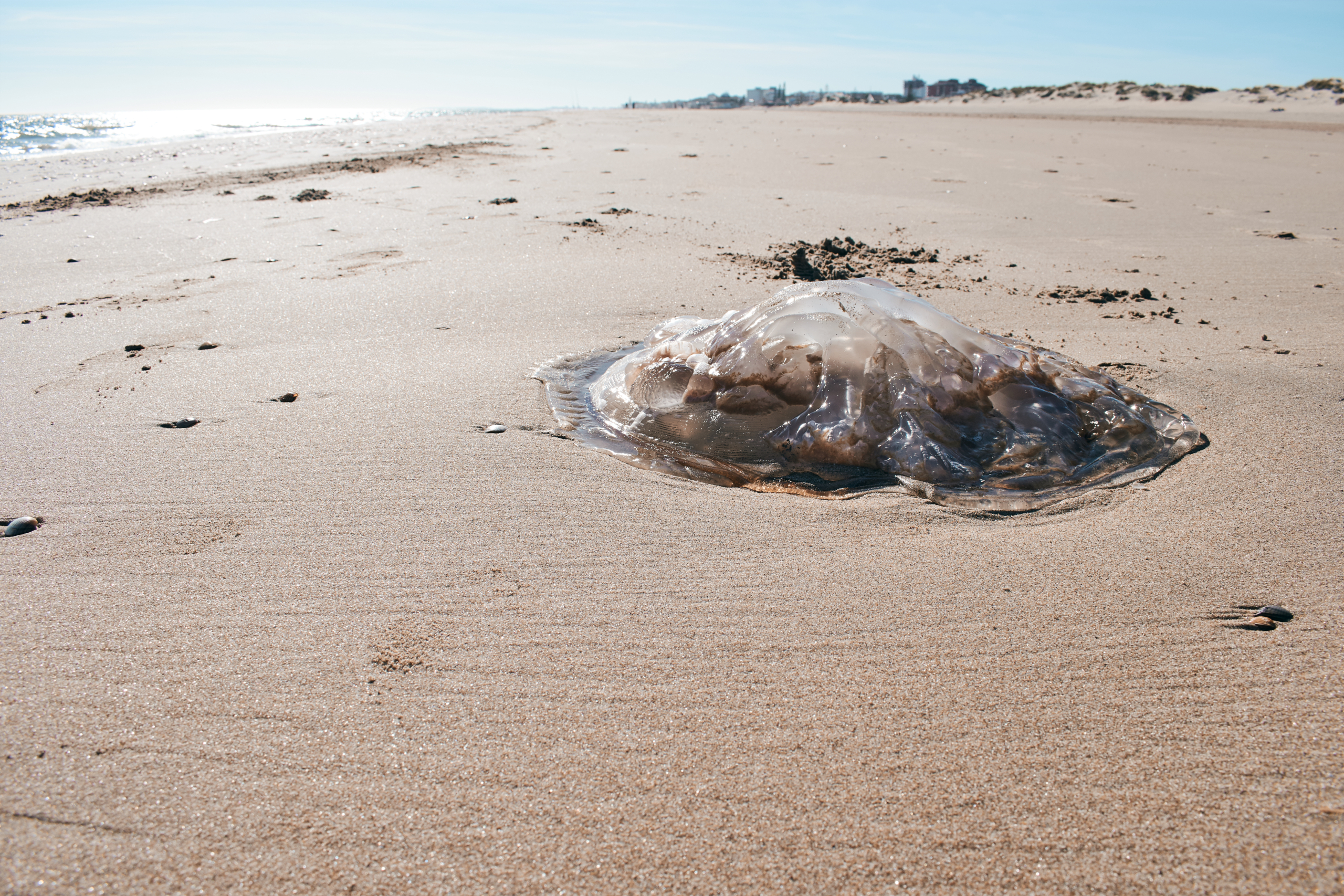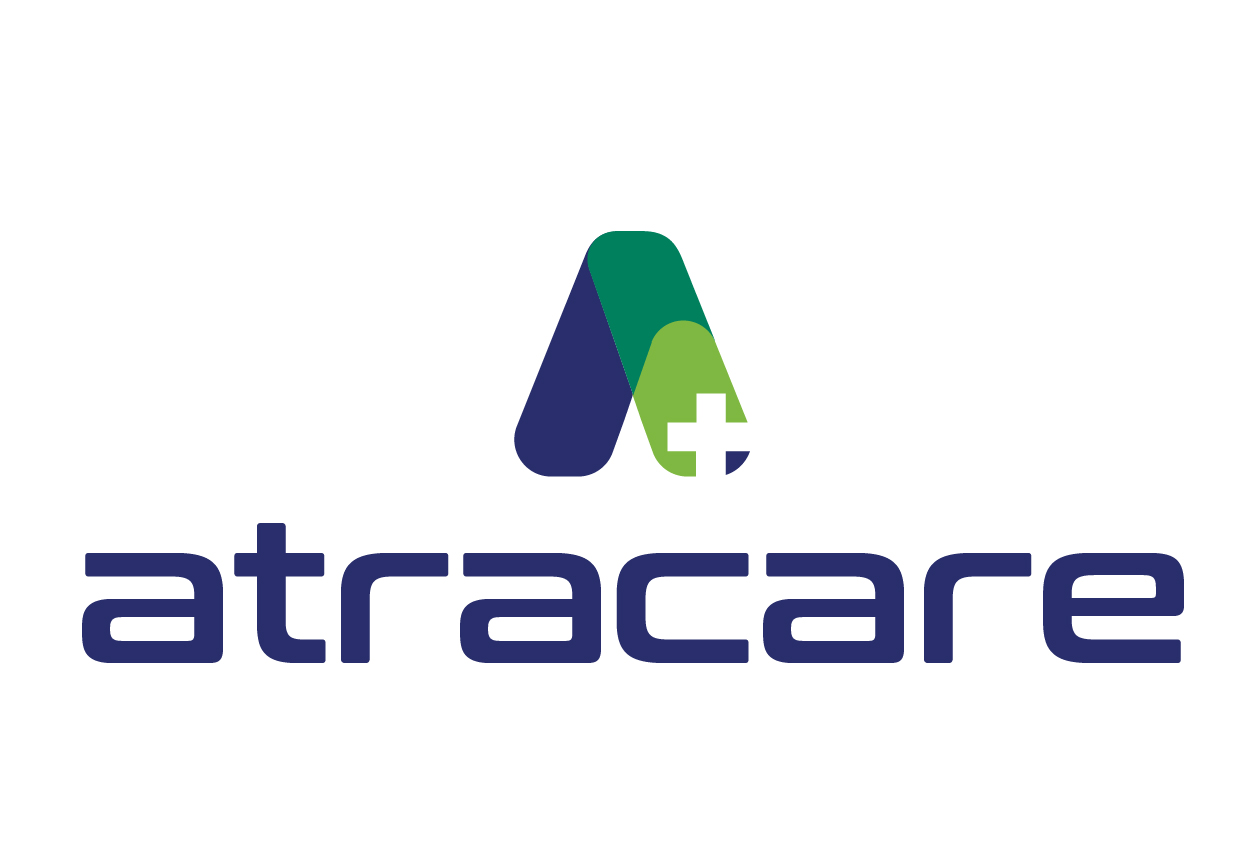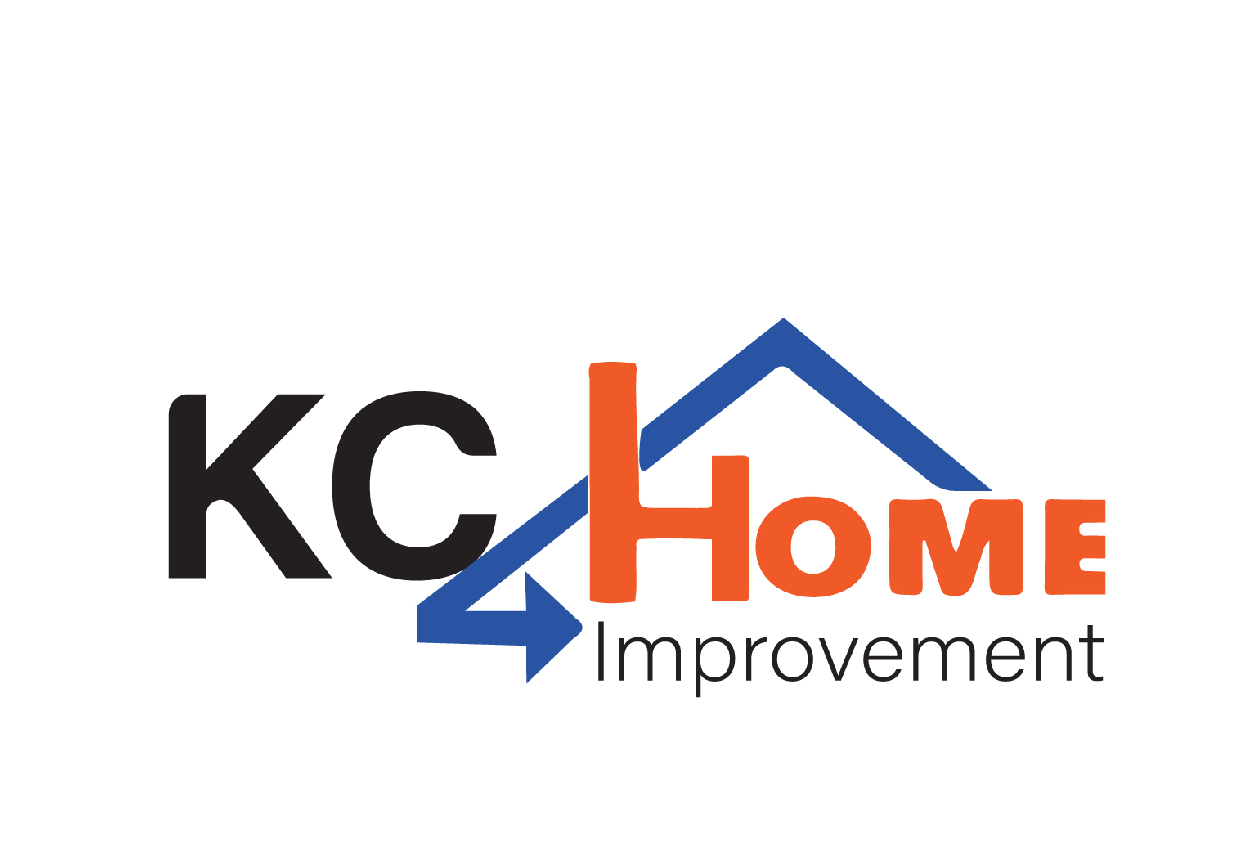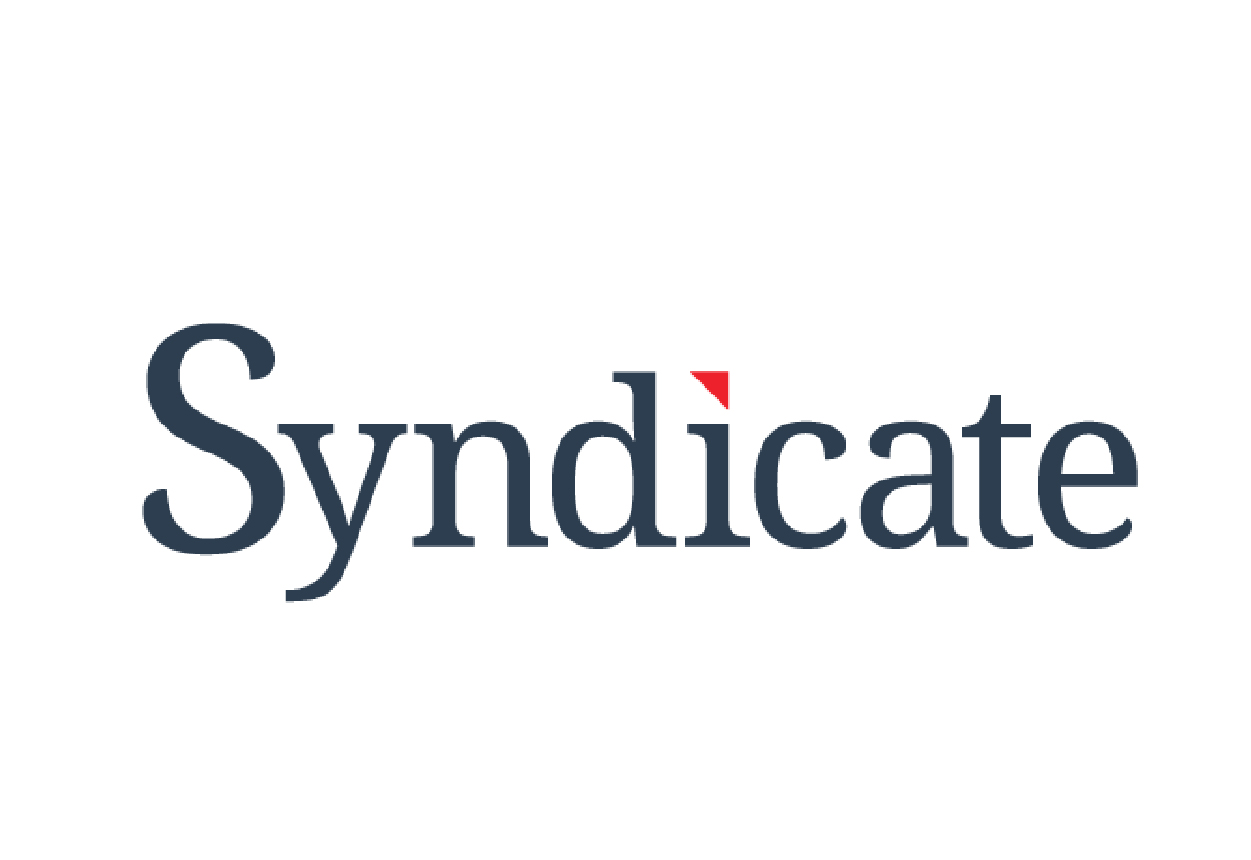A Promise of Power Meets a Wave of Resistance
What started as a $720 million beacon of renewable progress has now become a flashpoint for debate across state lines. The Skipjack Wind Farm — a project led by Danish energy giant Ørsted — was once slated to be operational by 2022, providing enough clean energy to power 35,000 homes and creating an estimated 1,400 jobs. Instead, the timeline has shifted again, and Delawareans can now expect the turbines no sooner than 2026.
Here’s what happened — and why you should care.
⚡ What Is the Skipjack Wind Farm?
-
A large-scale offshore wind project, located 17–21 miles off the coast of Ocean City, Maryland.
-
Designed to include 15 wind turbines.
-
Originally approved by the Maryland Public Service Commission with overwhelming support.
-
Backed by offshore energy credits and pitched as a win-win for green energy and job creation.
💥 The Turbines Got Taller — and So Did the Concerns
The excitement over Skipjack began to unravel in 2020, when Ørsted proposed a major design change: dramatically increasing the height of the wind turbines. The new models would stand taller than any building in Baltimore — a bold upgrade meant to boost energy output.
But with height came visibility. And with visibility came backlash.
-
Ocean City residents and business leaders feared the visual impact on the shoreline would hurt tourism.
-
Lawmakers like Maryland Delegate Wayne Hartman voiced strong objections, saying:
“We just don’t want to see them.”
🌊 Sussex County Joins the Conversation
While Ocean City residents focused on aesthetics, Delawareans had different concerns — environmental and procedural.
-
Delaware’s Department of Natural Resources and Environmental Control (DNREC) quietly signed a memorandum of understanding (MOU) with Ørsted.
-
The deal would’ve allowed the company to bring power cables ashore at Fenwick Island State Park, disturbing pristine wetlands.
-
That revelation set off a firestorm of public frustration and environmental alarm.
🦀 From Wetlands to Wildlife: Environmental Stakes Grow
As pressure mounted, other concerns came into view:
-
A horseshoe crab sanctuary near the proposed turbine area drew attention from wildlife advocates.
-
The location also raised flags about shipping lane safety and potential coastal ecosystem disruption.
In response, Ørsted removed Fenwick Island from its plan. Maryland legislators called for the turbines to be moved farther offshore.
🗓️ So, Where Does the Project Stand Now?
-
Original Launch Date: 2022
-
First Delay: Pushed to 2023 due to COVID-19 and growing opposition
-
Current Status: Delayed again — now aiming for 2026 at the earliest
-
Location Changes: Fenwick Island is out, but the new Delaware landing site is still unknown
🌬️ Why It Matters to Delaware Residents
Whether you’re passionate about clean energy, coastal preservation, or community input in government decisions, the Skipjack Wind Farm hits home:
-
It raises important questions about balancing innovation with impact.
-
It challenges how and where renewable energy projects get built — and who gets a say.
-
It could still bring economic and environmental benefits — if the right compromises are found.
📣 What’s Next?
Ørsted is still committed to Skipjack. The project could become one of the largest renewable energy builds on the East Coast — but not without continued debate, relocation efforts, and public input.
In the meantime, Delaware’s role remains in flux. As the state works to reconcile environmental protections with energy innovation, the next year will be critical.

